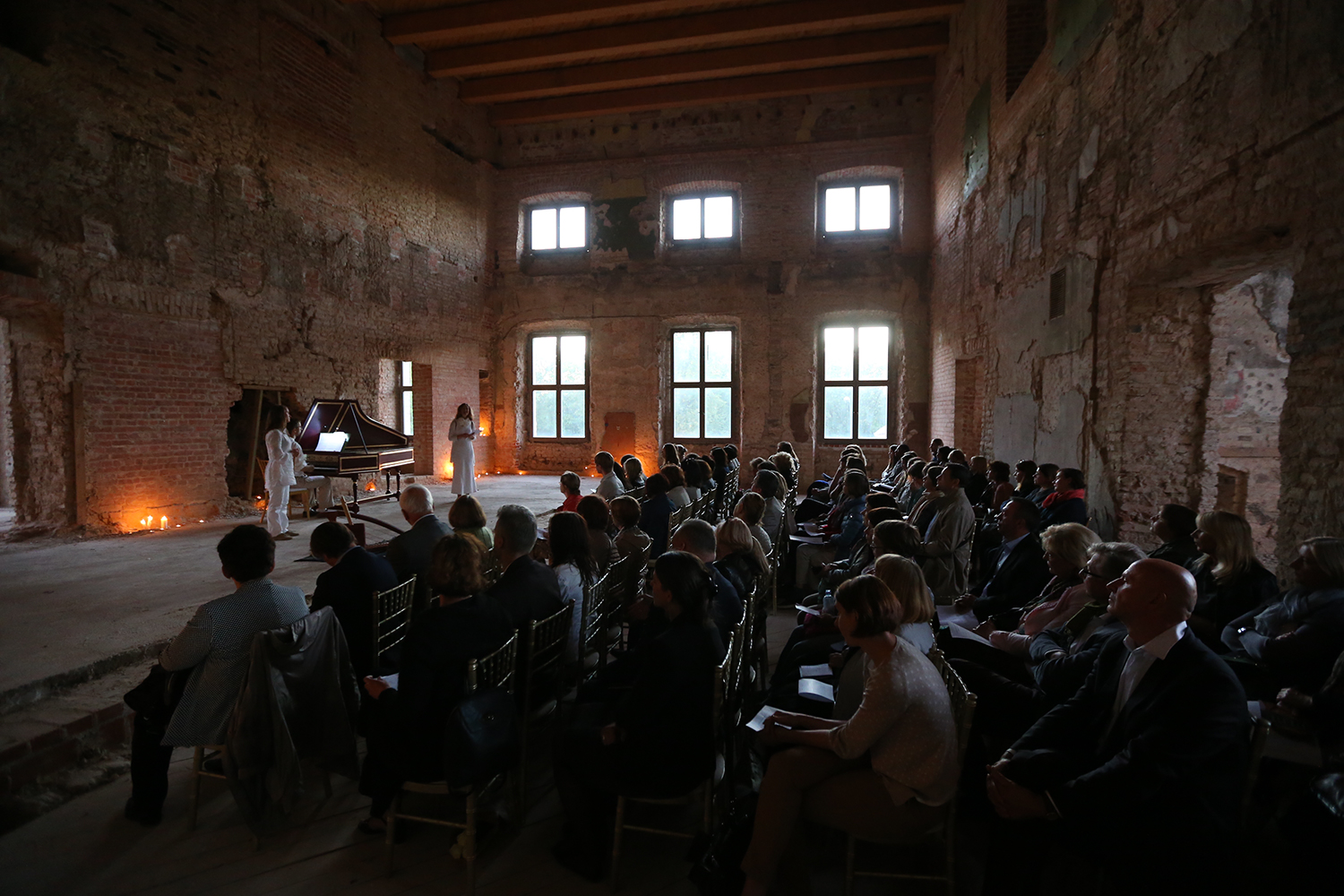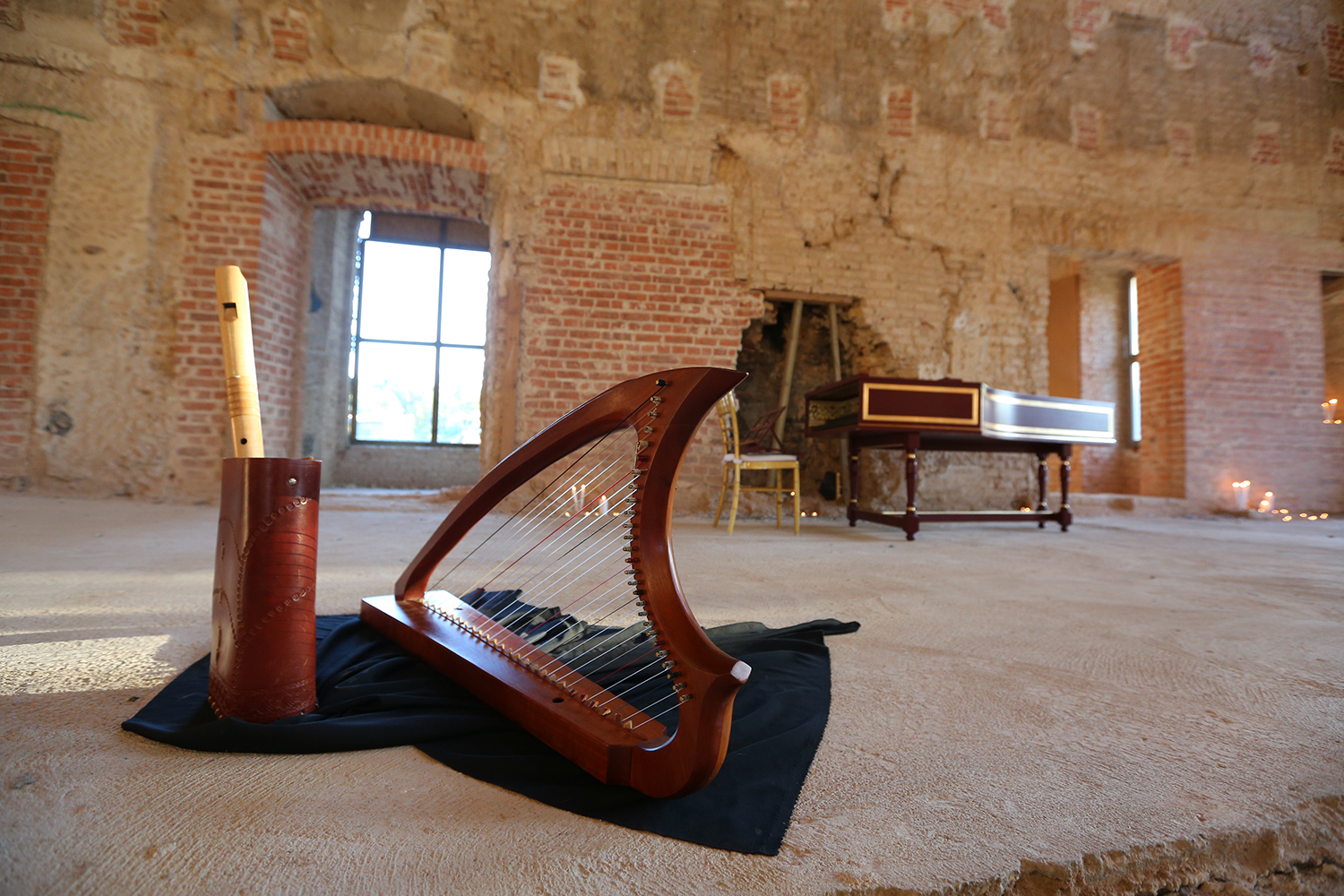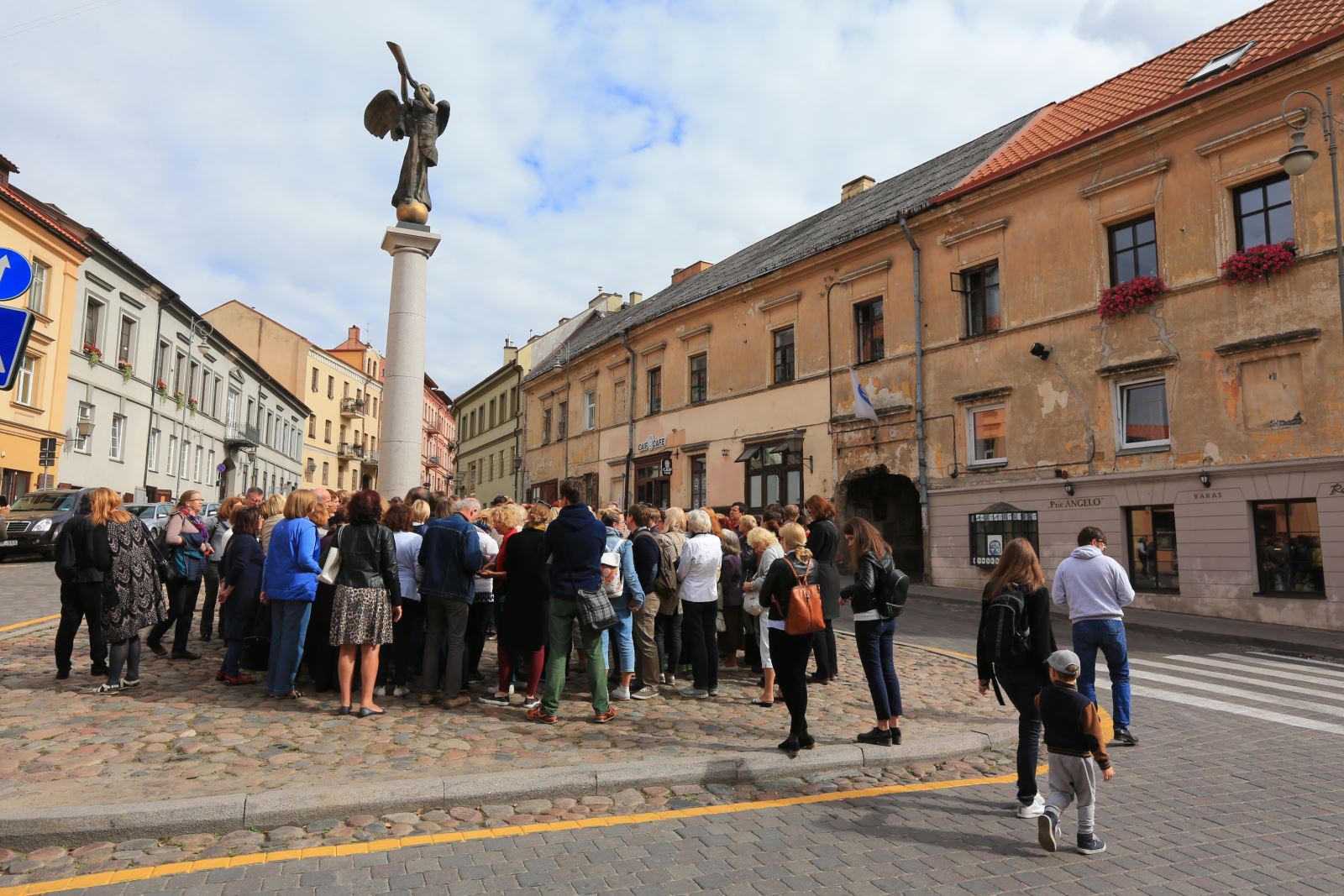Honouring Lithuania’s Heritage and Communities in 2016
Honouring Lithuania’s Heritage and Communities in 2016
Strong and responsible communities represent one of the most important precondition for enabling the restoration of heritage objects, their adaptation to new purposes/functions and their involvement in active cultural and social life after restoration. Within the 2016 European Heritage Days in Lithuania, this invaluable role of communities in cultural heritage protection was emphasized through the “Cultural Heritage and Communities” theme, which also helped unwind some of Lithuania's powerful heritage protection stories. Several of them were dedicated to cultural heritage objects that could have been destroyed, but that survived thanks to the engagement of local communities.
These inspiring stories were told through a number of activities organised across the country to highlight objects, people and places that cherish Lithuania’s culture and heritage. More than 200 events and more than 300 cultural heritage objects were actualized in 50 municipalities in Lithuania. Both major cities and small towns or villages took part in celebrations between 16th and 18th September offering heritage walks, exhibitions, workshops and seminars, meetings, educational activities for children, and many other activities. Commenting on the value of European Heritage Days for enhancing the cultural life in Lithuania, Akvilė Jagminaitė-Markevičienė, European Heritage Days National Coordinator in Lithuania notes:
“EHD is the only event of such a wide scale dedicated to the cultural heritage in Lithuania. The initiative of the European Heritage Days gives a good possibility to show the potential of cultural heritage, to promote and increase the awareness and understanding of cultural heritage values.”
2016 EHD Events in Review

The official opening of European Heritage Days took place in the 17-18th century baroque Sapiegos’ palace in Vilnius, which has long been abandoned and is now under restoration. The event was not only a good occasion to present the history of the noblemen family, but also its material heritage and the palace restoration process. In fact, for the first time after so many years, the empty spaces of the palace were filled with baroque music which reanimated the forgotten life of once vibrant public spaces.
The heritage walks in Vilnius, the capital of Lithuania, also drew wide attention. Held in historic suburbs of Vilnius, they were oriented to the communities that live in these quarters today and aimed to reveal the traces of everyday life of people that lived here before. For example, community members of Šnipiškės‘ area invited for a walk across the wooden part of Šnipiškės (like Vilnius Skansen area or the village surrounded by skyscrapers in the middle of Vilnius city) to showcase their unique architecture, streets and pathways.
In addition to this, only European Heritage Days provided the possibility to visit Vilnius Bishops‘ palace and have guided tours through its historic halls whose unique architecture provides a memorable insight into the city‘s past.
Most of the events were organised by or in cooperation with active local communities. For example, in Mažeikiai district (North Western Lithuania), where the EHD focused on the local cultural heritage, tours were guided by the citizens themselves. After having undergone a special training organised by local municipality in August 2016, representatives of local communities developed the skills of heritage education and were able to offer guidance during the festival. This was part of Lithuania’s effort to educate people on recognizing the values of heritage that surrounds them, and on discovering their particularity through these local heritage objects.

Particularly attractive were EHD events in Palanga, a town situated on the Baltic Sea coast, where most active participants were school pupils. Šiauliai (North Central Lithuania) offered the guided tours at night presenting the Karpiai‘ family history of Rėkyva palace, while Klaipėda, Lithuania’s major sea port, attracted attention with a spectacle-excursion „Travelling churches. Klaipėda tranzit Memel.“ Combining archaeology, art and dance, the latter event focused on the history of Klaipėda and the establishment of first seven churches. As a separate event, a discussion was held with the local community on the heritage of city fortifications.
With such a diverse programme, Lithuania’s European Heritage Days brought together citizens from across the country to honour communities that actively work on preserving and enhancing the country’s fascinating heritage sites. The great appreciation of these efforts shown within the festival demonstrates Lithuania’s awareness of the value of heritage communities as driving forces behind heritage protection and enhancement initiatives.
